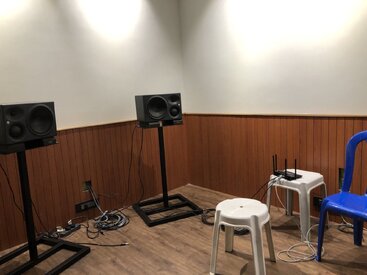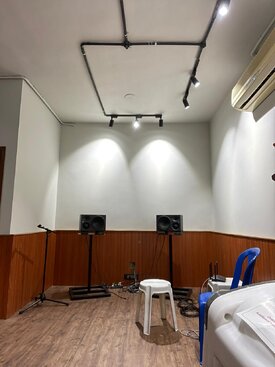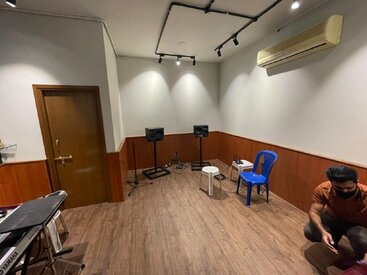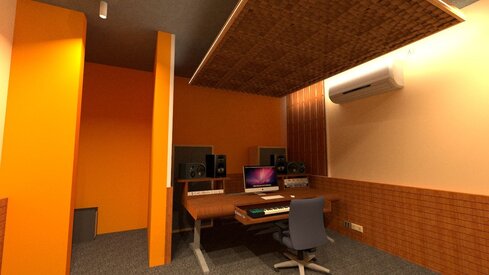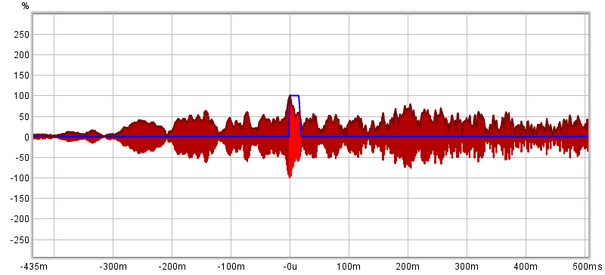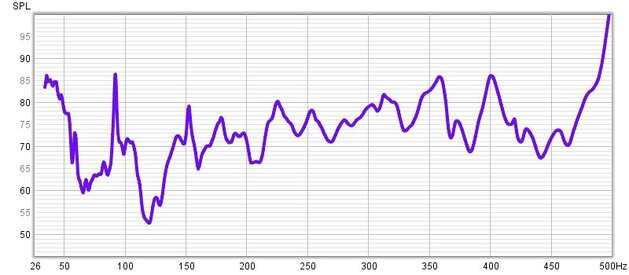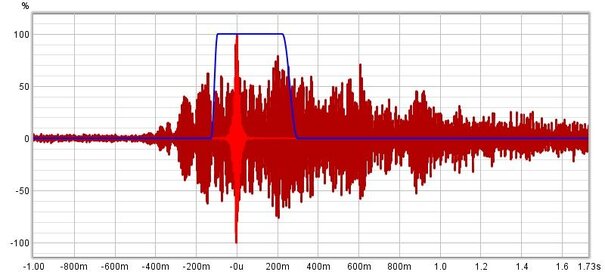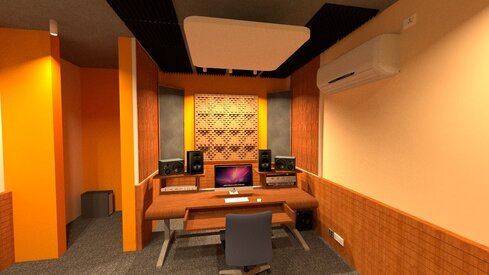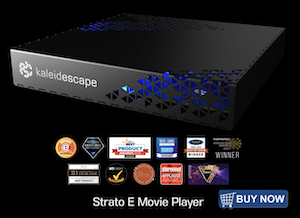ccs777
Registered
Thread Starter
- Joined
- Nov 1, 2020
- Posts
- 6
More
- Main Amp
- MARANTZ 7015
- Universal / Blu-ray / CD Player
- Pioneer
- Front Speakers
- XTZ M6
- Center Channel Speaker
- XTZ M6
- Surround Speakers
- CANTON GLE 417
- Front Height Speakers
- MONOPRICE
- Subwoofers
- PSA V1500
Hello,
I am working on a home studio project having two pair of studio monitors one of them is KH 310 A which I used for testing. I have done measurements as per REW guidance I obtain from here and there.
I want someone to validate my acoustical solution for this room by checking my data of REW. I would be able to pay for the charges if any. I am doing this job as a hobbyist and want to learn more in the field of acoustics.
Tools used:
ECM 8000 without any calibration file.
Audient Evo 4(calibrated as per REW)
Nuemann KH310 A
measurements done on listening position. One with mic facing the speaker and other towards ceiling.
I am working on a home studio project having two pair of studio monitors one of them is KH 310 A which I used for testing. I have done measurements as per REW guidance I obtain from here and there.
I want someone to validate my acoustical solution for this room by checking my data of REW. I would be able to pay for the charges if any. I am doing this job as a hobbyist and want to learn more in the field of acoustics.
Tools used:
ECM 8000 without any calibration file.
Audient Evo 4(calibrated as per REW)
Nuemann KH310 A
measurements done on listening position. One with mic facing the speaker and other towards ceiling.







